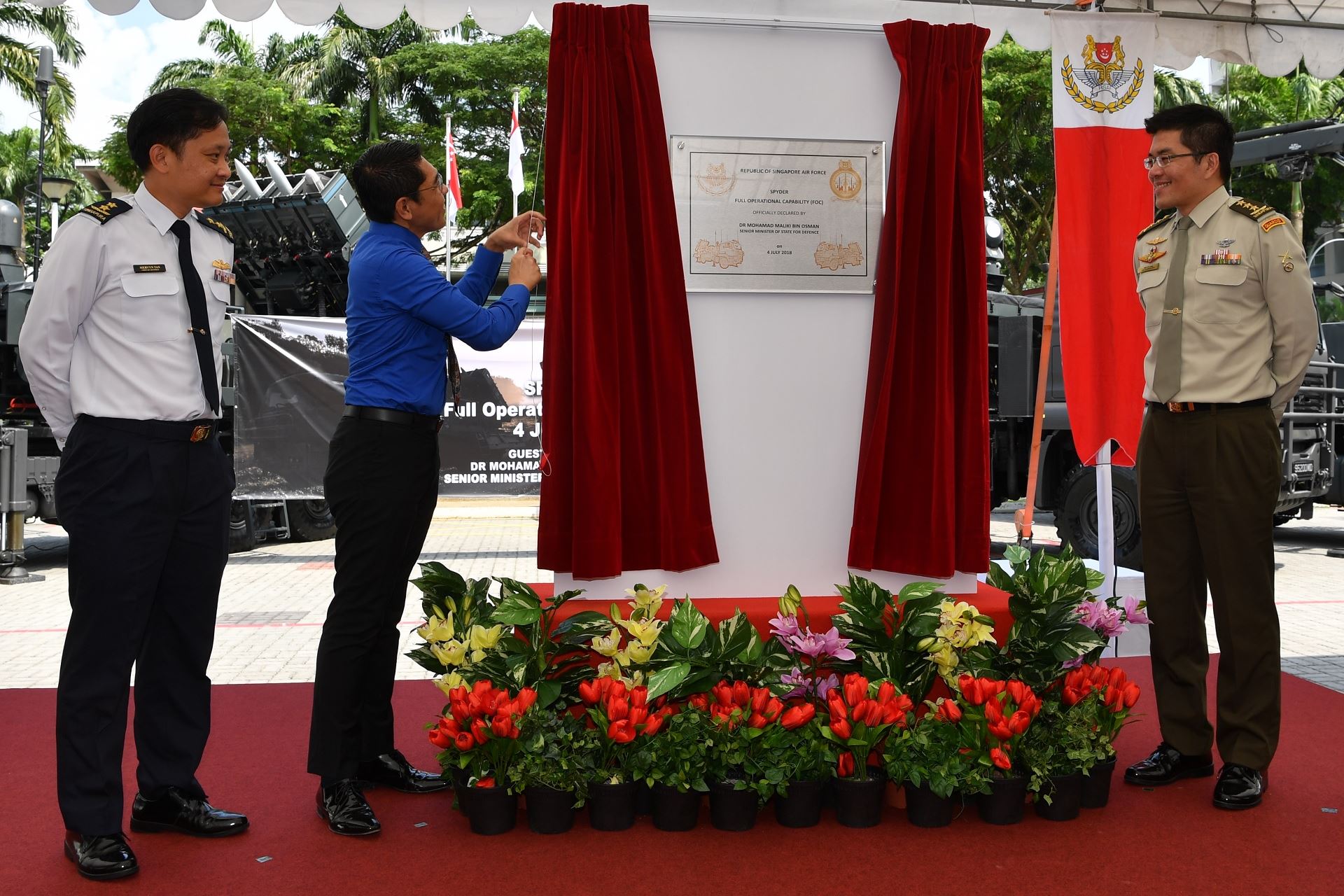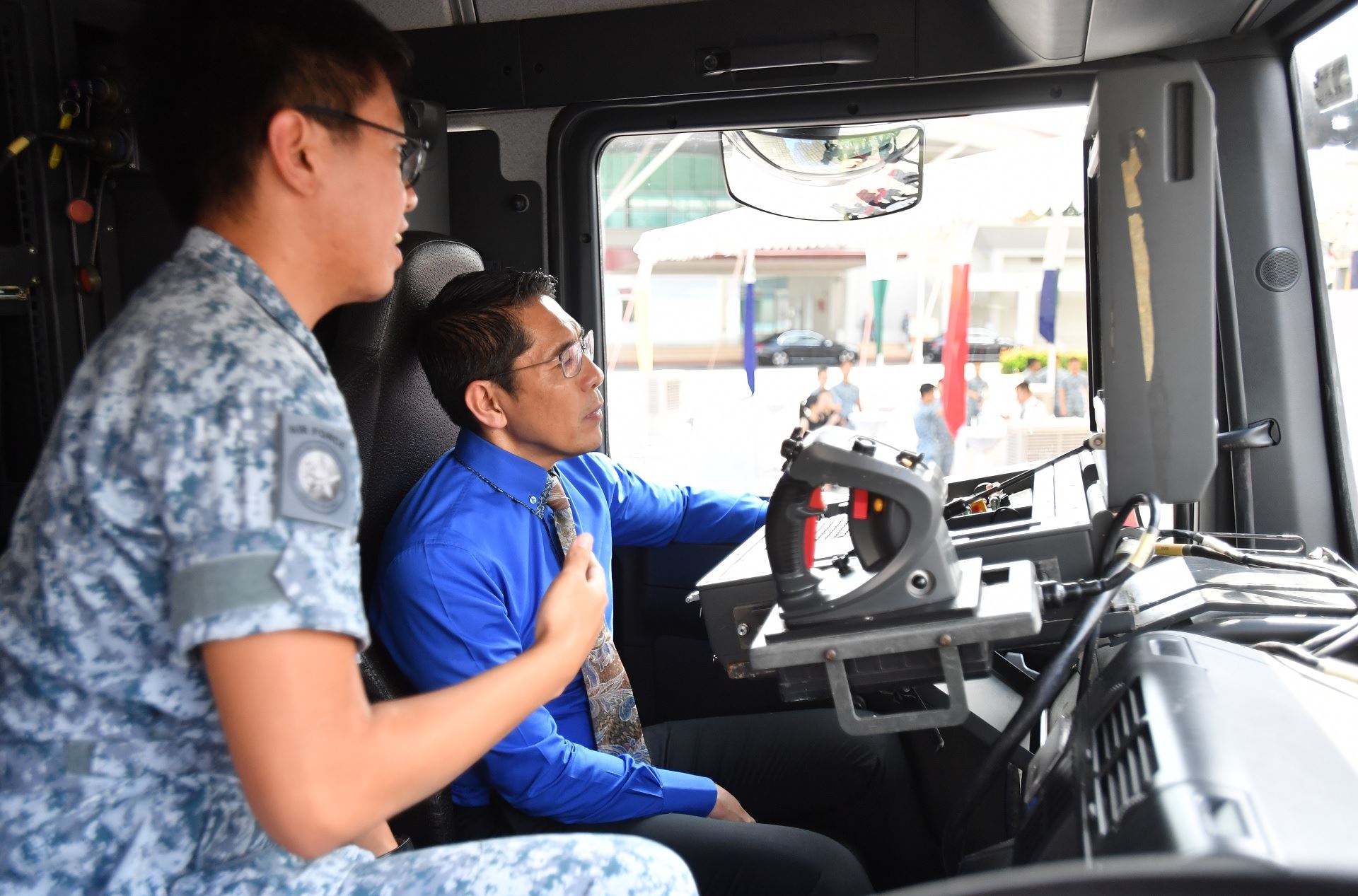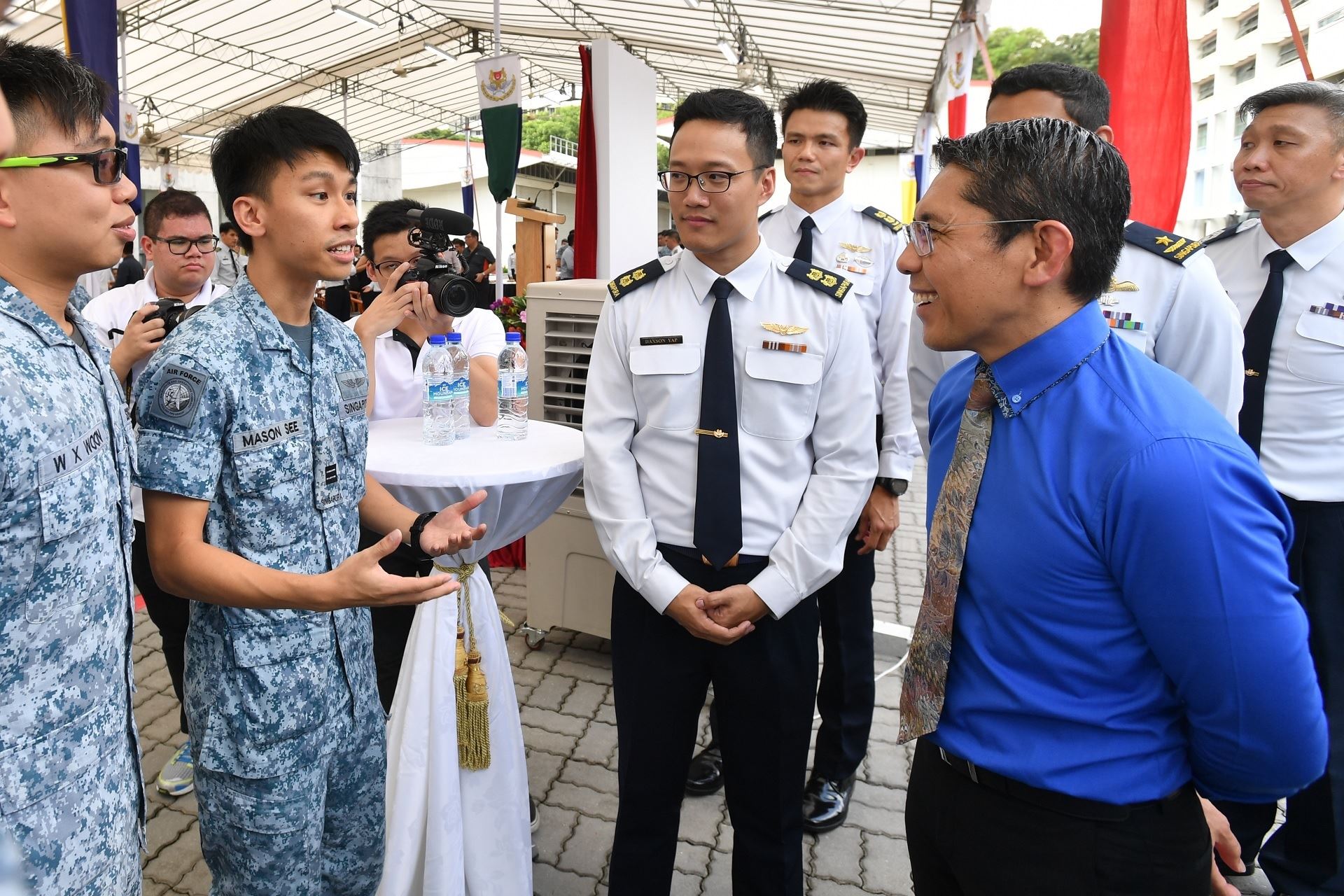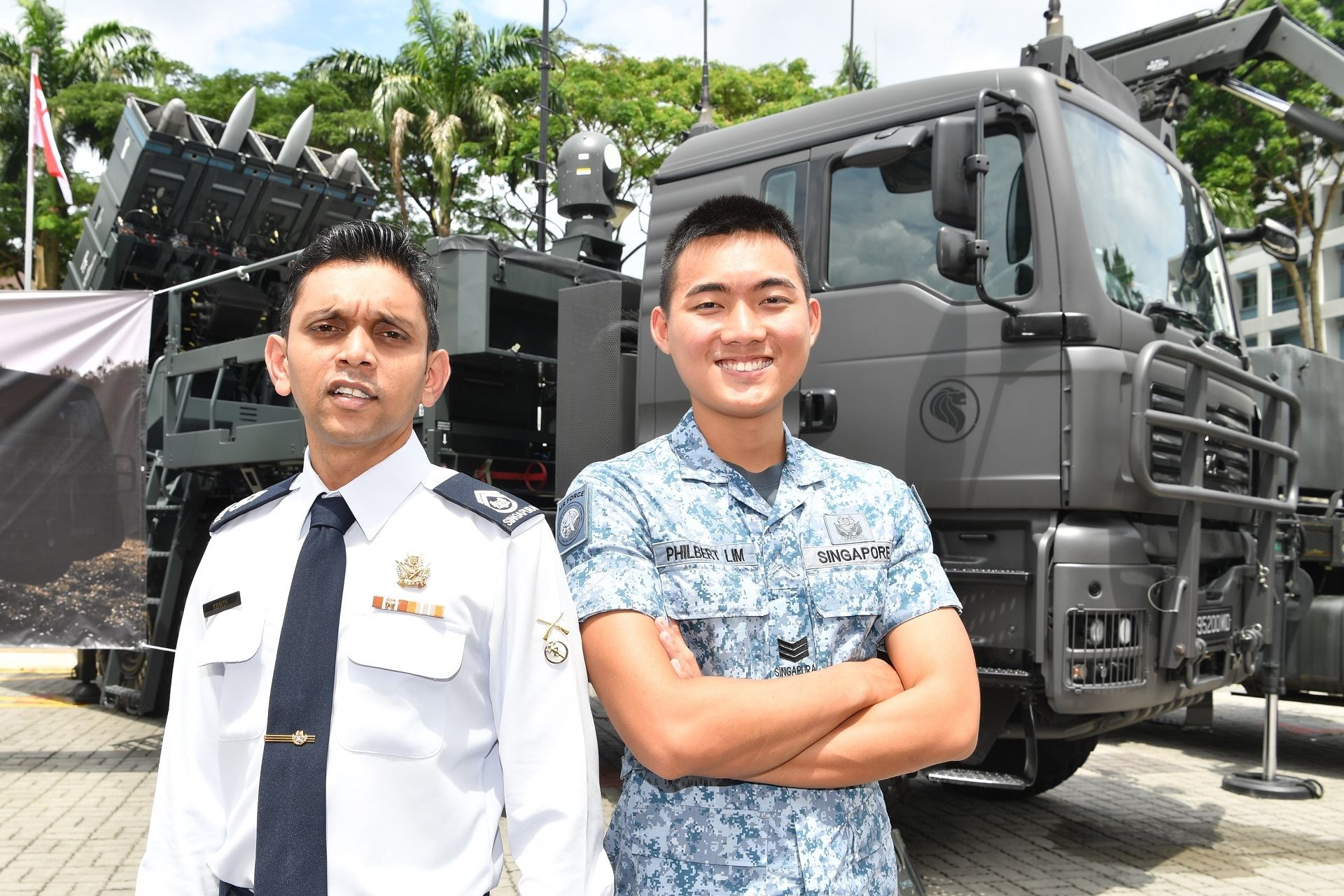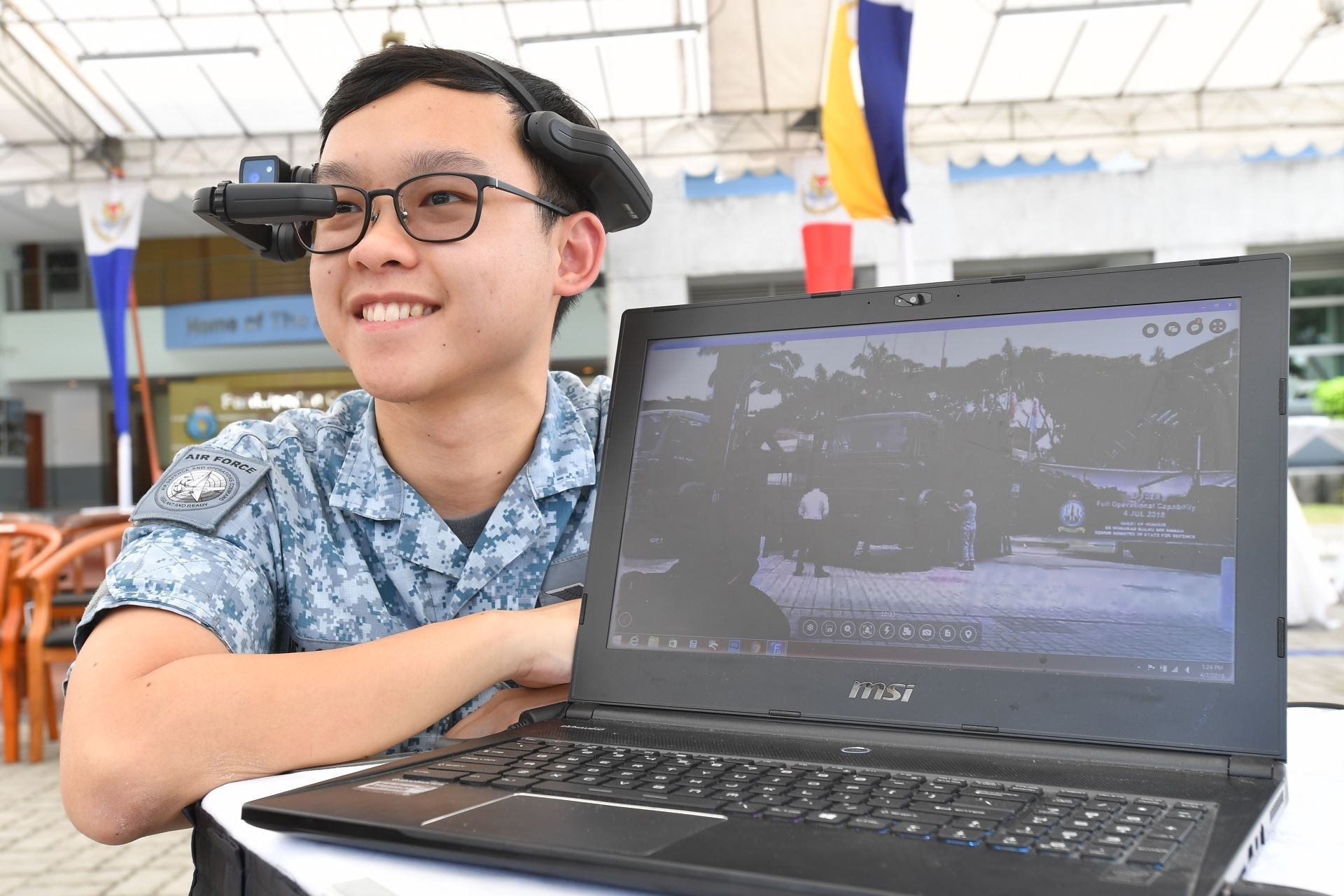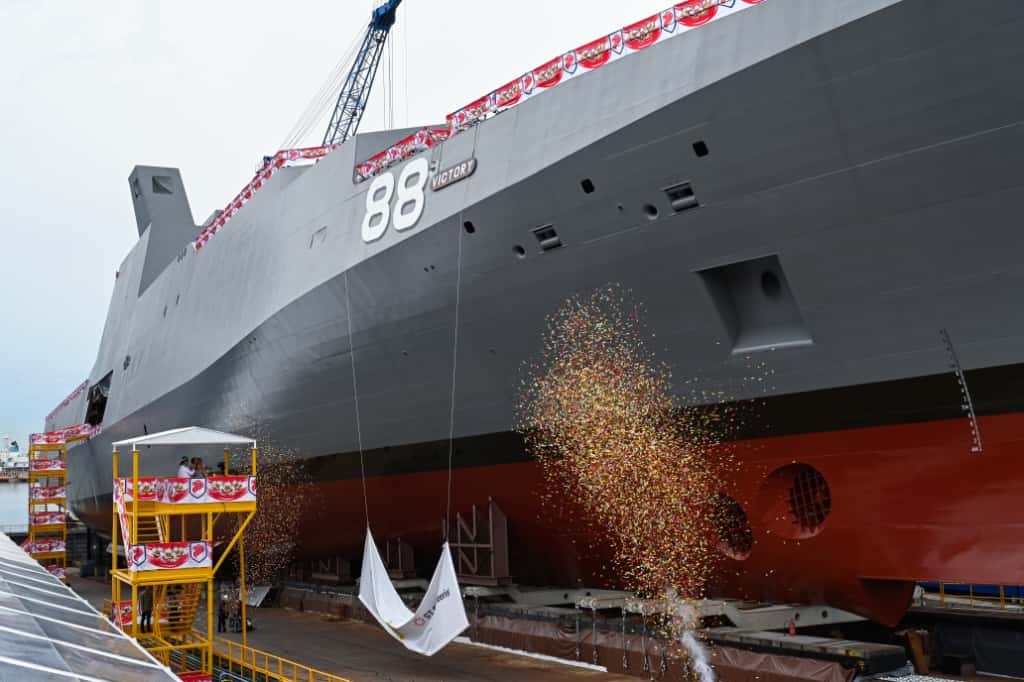MILESTONES
READY WITH THE SPYDER
04 Jul 2018
It's the first in Singapore to be able to fire two different kinds of state-of-the-art missiles, and it can take down both enemy aircraft and munitions. And now it's ready for battle.
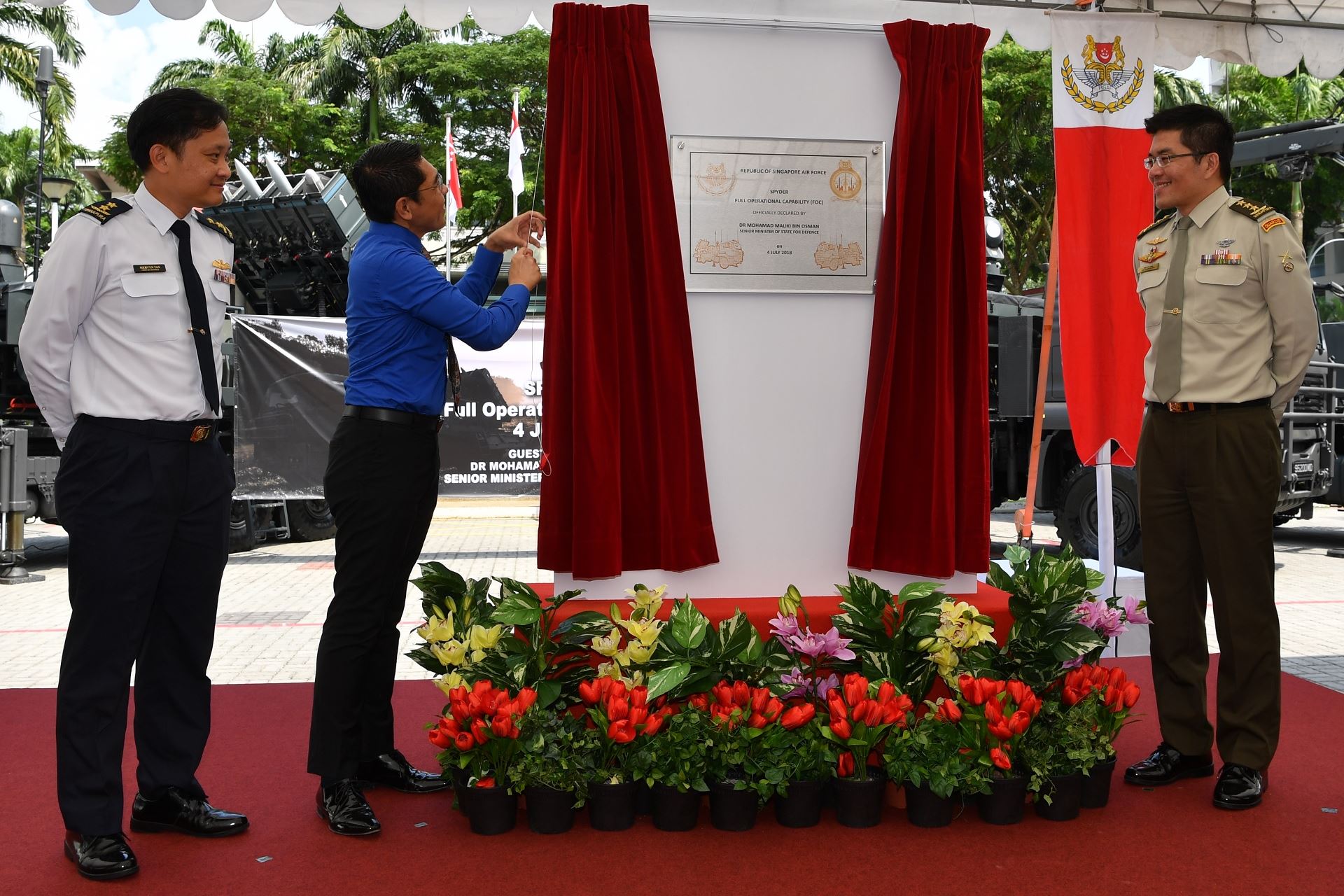
It's the first in Singapore to be able to fire two different kinds of state-of-the-art missiles, and it can take down both enemy aircraft and munitions. And now it's ready for battle.
The Surface-to-Air Python-5 and DERby-Air Defence System or SPYDER, achieved Full Operational Capability (FOC) status on 4 Jul.
The Republic of Singapore Air Force's (RSAF's) latest ground-based air defence system replaces the Rapier air defence system, which had been in use since the 1980s.
The SPYDER's FOC ceremony was officiated by Senior Minister for Defence Dr Mohamad Maliki Bin Osman in Chong Pang Camp. Among the guests invited to witness the ceremony were Chief of Defence Force Lieutenant-General (LG) Melvyn Ong, Chief of Air Force Major-General (MG) Mervyn Tan and servicemen and women from 165 Squadron (SQN), which operates the SPYDER.
Speaking at the ceremony, Dr Maliki emphasised the need for a robust and networked defence system to defend Singapore's skies from threats.
He said: "The Next Generation RSAF plays a critical role in our air defence and also deters would-be attackers. Our network of air defence capabilities protects Singapore and Singaporeans from a wide range of air threats, and safeguards Singapore's status as a regional and global aviation hub."
The SPYDER is an all-weather defence system capable of intercepting targets 15km away and 9km high. In comparison, the Rapier system could only reach targets 7km away and 3km high.
It is able to fire the Derby missile and Python-5 missile, which use radio frequency and infrared imaging guidance systems respectively, and has anti-aircraft and anti-munition capabilities. This is an upgrade from the Rapier, which could only fire missiles guided by the Command Line-of-Sight system.
"Compared to the Rapier system, it's definitely in a different league," said Commanding Officer (CO) of 165 SQN Lieutenant Colonel (LTC) Daxson Yap.
"The fact that we are able to operate both (types of missiles) concurrently gives us that robustness against a wide range of threats. We can take down aircraft and precision munitions, which are even smaller and quicker," explained the 32-year-old.
The SPYDER is also part of the enhanced Island Air Defence system, a multi-layered island-wide networked system that brings together sensors, weapons systems, command and control elements and decision-making tools to strengthen Singapore's air defence.
The squadron had been working hard to devise new processes in its operation since the RSAF took delivery of the SPYDER in 2011.
Among the first batch of servicemen who saw the arrival of the platform and helped create procedures to train new operators was 1st Warrant Officer (1WO) Charles Mariadass.
Said the 39-year-old Air Defence System Specialist: "In the beginning, we had to build up on our experience working (on) the system. As we gained new experiences, we had to fine-tune our procedures and processes."
In the years it has been in the RSAF, the SPYDER has participated in a range of exercises. These include the local exercise codenamed Vigilant Shield, Five Power Defence Arrangement exercises – Exercise Bersama Lima and Exercise Bersama Shield, and Exercise Cope Tiger – a trilateral exercise with Thailand and the United States.
"Exercise Cope Tiger was a good opportunity for us because the airspace (we had to train in) was much bigger. It enabled us to hone our skills in a much more realistic environment," said 1WO Mariadass. The exercise was held in Thailand.
Another key advantage of the SPYDER system is that it only requires a four-man team 15 minutes to deploy, as compared to the 15-man team required by the Rapier. This frees up servicemen to take on responsibilities in other areas of operation, said 1WO Mariadass.
In line with efforts to optimise manpower, the Air Force Engineers (AFE) supporting the SPYDER are working on creative solutions to reduce the labour requirements.
Military Expert (ME) 4 Joshua Cheow, an AFE in 819 SQN, is working on the SPYDER Remote Engineering Support for maintenance and troubleshooting. Through a pair of smart goggles, operators will be able to capture visual and audio footage of problems encountered out in the field. This footage is broadcast in real-time to the engineers in centralised locations, who can then give verbal instructions or send relevant manuals to the operators to carry out maintenance on the system.
"This will save on activation time, because it would take us about 30 minutes to travel down to the site – that will cost valuable operation hours. We can also optimise the manpower resource," explained the 26-year-old. "We have a shortage of resources, so to overcome this limitation, we have to innovate to stay relevant."
ALSO READ IN MILESTONES
-dsc_2181.jpg?sfvrsn=cf9c6464_2)
What you need to know about the new CMPB
14 Oct 2025
The new Central Manpower Base (CMPB) at Bukit Gombak officially opened its doors on 14 Oct, welcoming pre-enlistees, servicemen and the public alike to a state-of-the-art, one-stop hub for all things National Service (NS).
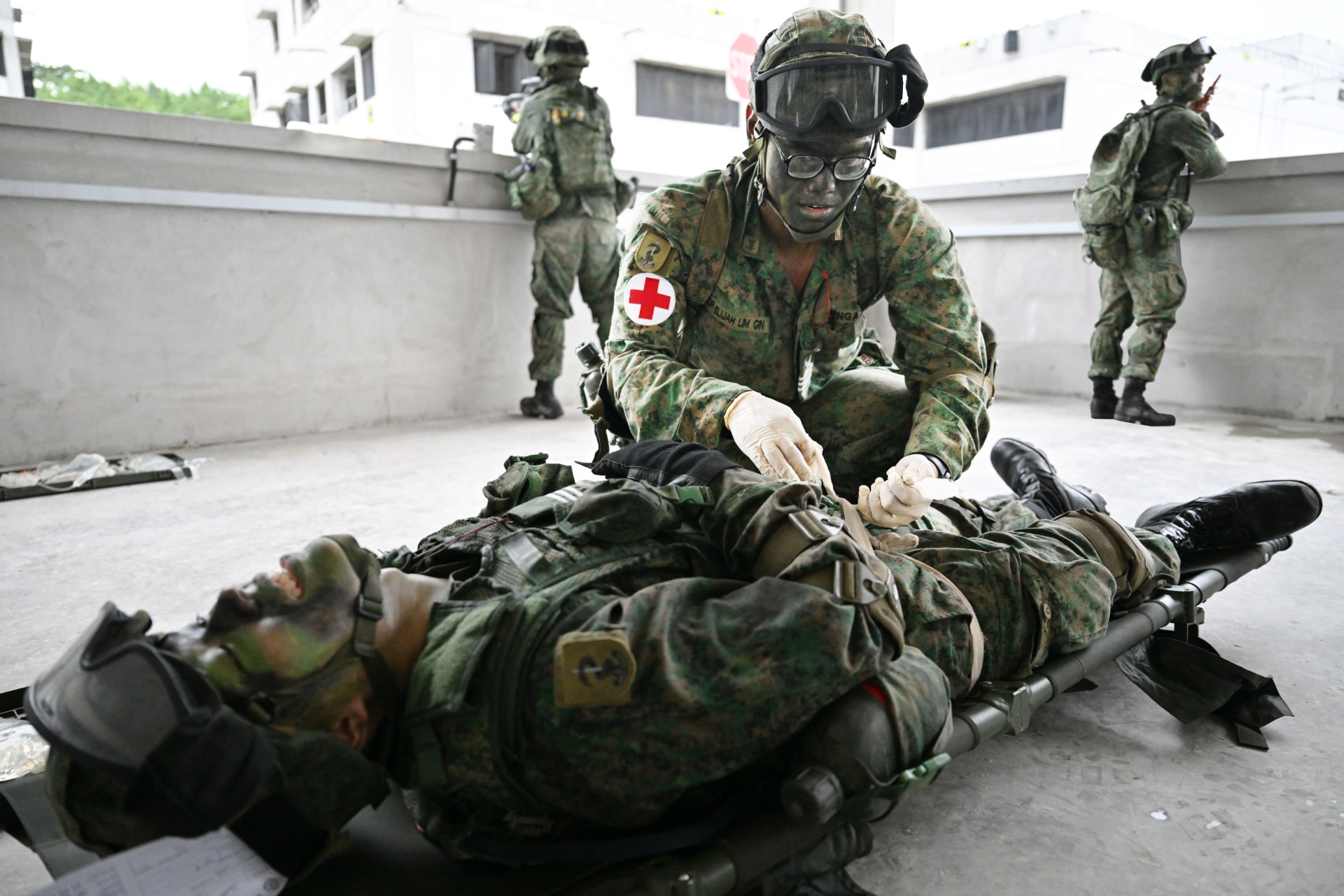
What it takes to become a medical officer
07 Oct 2025
This October, we celebrate the 100th batch of graduates from the Medical Officer Cadet Course. What does it take to become a military doctor? We uncover the highlights!
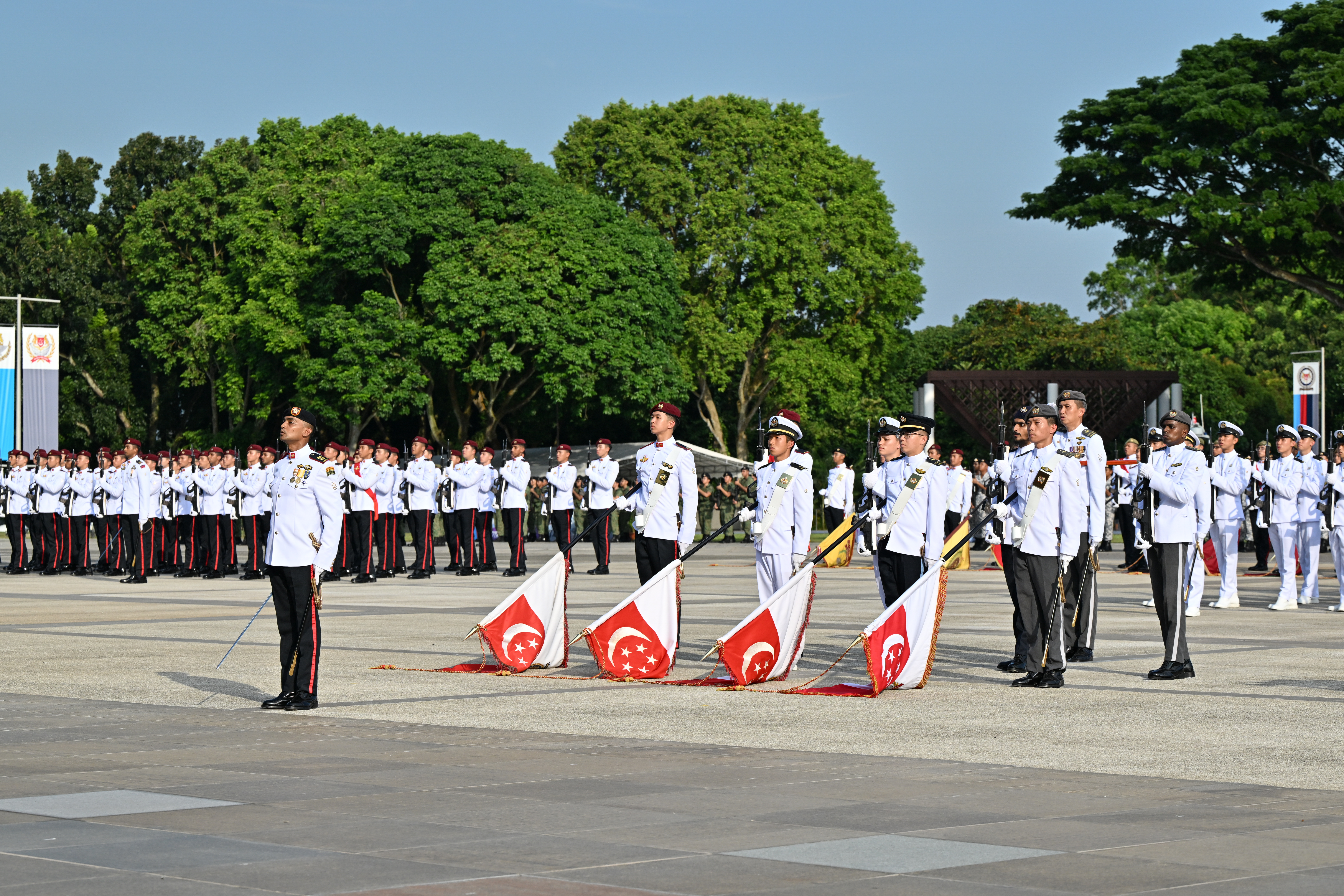
60 years on, their commitment remains strong
01 Jul 2025
The SAF celebrated its 60th anniversary on 1 Jul with a special SAF Day Parade and Combined Rededication Ceremonies across Singapore.

